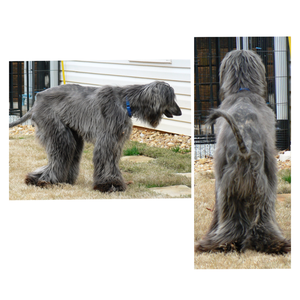After extensive laboratory validation, Paw Print Genetics has launched 29 new breed-specific tests, bringing the total number of tests offered to 115. This is one of the largest menus offered by any canine genetic testing laboratory in the world.
Among the new tests are diseases that no other laboratory offers in North America are multifocal retinopathy in the American bulldog, myotonia congenita in the Australian cattle dog, neuronal ceroid lipofuscinosis in the Australian shepherd and dachshund, hemophilia B in the beagle, copper storage disease in the Bedlington terrier, complement 3 (C3) deficiency in the Brittany, ichthyosis in the golden retriever, inherited myopathy in great Dane, startle disease in Irish wolfhound, and severe combined immunodeficiency (SCID) in Russell terrier, just to name a few.
Search our website to find more new tests for your favorite breed or the specific diseases that most concern you.
Paw Print Genetics offers three approaches to testing depending on whether you are screening for potential carriers or testing for affected dogs:
In the first approach, choose only those diseases that concern you; choose one or more tests.
For the second approach, choose the breed-specific panel that has been carefully selected based on the medical ...

